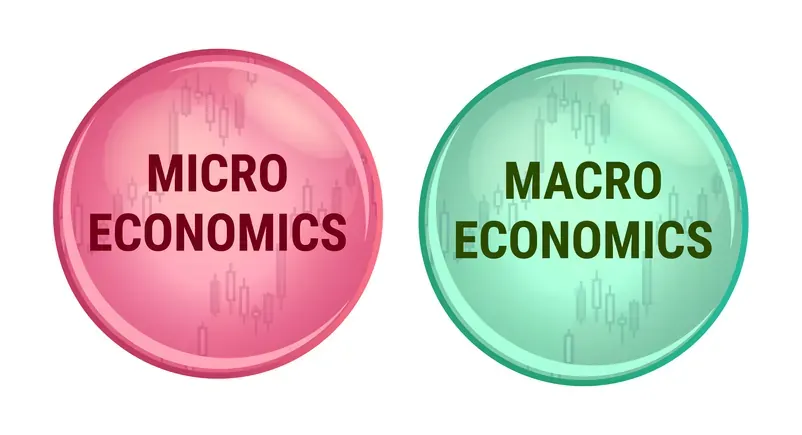
Difference between microeconomics and macroeconomics
In the realm of economics, two fundamental branches govern the study of how societies allocate their resources and make decisions: microeconomics and macroeconomics. Understanding the nuances between these two disciplines is crucial for grasping the intricacies of economic systems. In this comprehensive guide, we will delve into the difference between microeconomics and macroeconomics, exploring their unique features, scopes, and applications.
Definition and scope:
Microeconomics focuses on the behavior of individual economic agents such as households, firms, and industries. It zooms in on how these entities make decisions regarding resource allocation and consumption.
Macroeconomics, on the other hand, takes a broader perspective, examining the economy as a whole. It delves into aggregate phenomena like inflation, unemployment, and overall economic growth.
Scale of analysis:
Microeconomics operates on a smaller scale, analyzing the interactions between individual buyers and sellers in specific markets. It examines how supply and demand dynamics influence prices and quantities.
Macroeconomics, by contrast, takes a global view. It investigates overarching trends, including the total output of goods and services, employment rates, and the general price level.
Market forces vs. Aggregated indicators:
Microeconomics is concerned with the forces that determine prices in individual markets. Concepts such as elasticity, utility, and market structures (perfect competition, monopoly, etc.) are integral to microeconomic analysis.
Macroeconomics delves into aggregated indicators like Gross Domestic Product (GDP), inflation rates, and unemployment levels. It aims to understand and manage the overall health and performance of an economy.
Policy implications:
Microeconomics often guides policymakers at the local level. For example, city officials might use microeconomic principles to formulate zoning laws or set local tax rates.
Macroeconomics influences national and international policies. Central banks and governments use macroeconomic tools to manage inflation, stabilize employment, and foster economic growth.
Time horizon:
Microeconomics typically has a short-term focus, analyzing immediate market dynamics and individual decision-making processes.
Macroeconomics takes a longer-term perspective, considering trends and patterns that unfold over extended periods, such as economic cycles and long-term growth trajectories.
Interconnectedness:
Microeconomic factors contribute to the larger macroeconomic landscape. Individual market transactions aggregate to impact the overall economic health of a nation or region.
Macroeconomic policies, in turn, influence the microeconomic environment by shaping the overall economic climate in which individual agents operate.
Examples and real-world applications:
Microeconomics is exemplified in scenarios like determining the price of a specific product, analyzing the impact of a tax on a particular industry, or understanding consumer behavior.
Macroeconomics is evident in discussions about national unemployment rates, government fiscal policies, and the effects of international trade on a country’s economy.
Dynamic nature and evolution:
Both microeconomics and macroeconomics are dynamic fields that evolve with changes in technology, globalization, and societal norms.
Microeconomic principles adapt to shifts in consumer preferences and advancements in production techniques, while macroeconomic theories evolve to address the challenges posed by globalization and economic interdependence.
In conclusion, the difference between microeconomics and macroeconomics lies in the scale of analysis, the scope of inquiry, and the applications of their principles. While microeconomics scrutinizes the behavior of individual economic units, macroeconomics takes a broader perspective, analyzing the functioning of entire economies. Recognizing the interplay between these two branches is essential for comprehending the intricate web of economic forces that shape our world. Whether you’re a student embarking on an economic journey or a policymaker shaping the future of nations, a nuanced understanding of both microeconomics and macroeconomics is indispensable.


